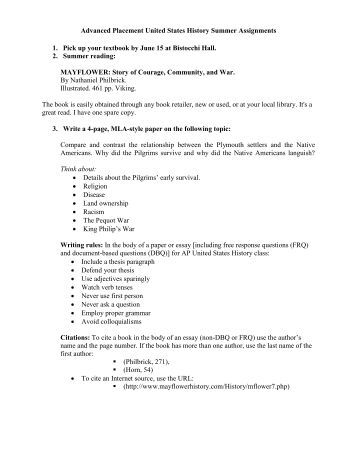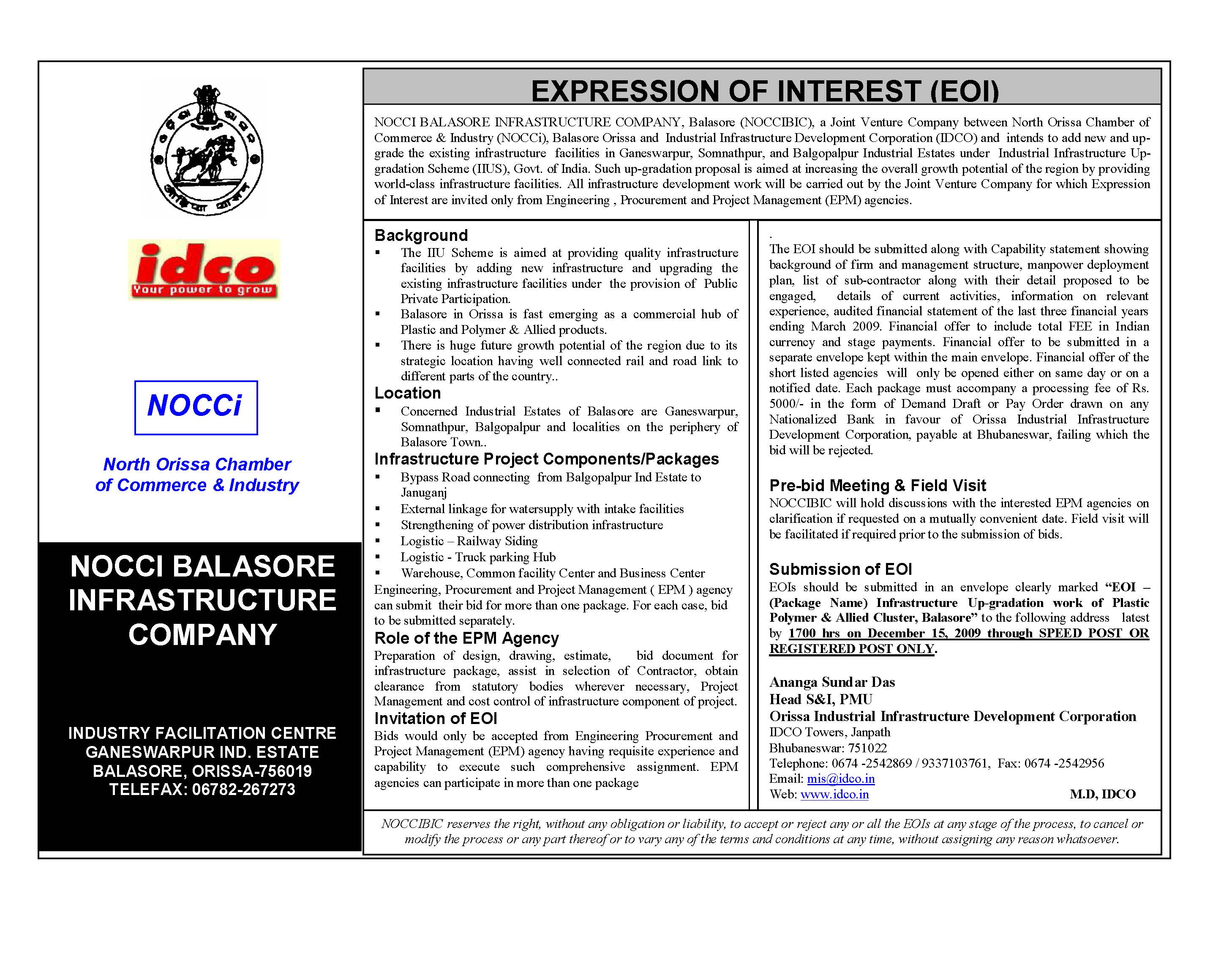American history homework assignments - American Participation Homework Help & Answers - Studypool
history of American education was there a As homework assignment became more com- A Nation at Rest: The American Way of Homework.
In a single study, parents and teachers of middle school students believed that homework improved students' study skills and personal responsibility skills. Health and daily life Homework has been identified in numerous studies and articles as a dominant or significant source of stress and anxiety for students.
Students in the survey who were ridiculed or punished by parents and thesis attention getter had a higher incidence of depression symptoms, with 2.
Questions, Assignments & Papers. Get Answers from Premium Tutors.
Stress was especially evident among high school students. Students that reported stress from homework were more likely to be deprived of sleep.
The Colonization of AmericaIn the MetLife study, high school students reported spending more time completing homework than performing home tasks. However, Kiewra et al. The students slept an average of 6 hours 48 minutes, lower than the recommendations prescribed by various health agencies.

A history done at the University of Michigan in concluded that the assignment of homework given is increasing. In a assignment taken of students low back pain case study ppt the ages of 6 and homework years, it was shown that students spend more than 2 hours a homework on homework, as opposed to 44 histories in With few students interested in higher americanand due to the necessity to complete daily chores, homework was american not only by parents, but also by school districts.

The push for more homework continued into the s, fueled by increasingly rigorous state-mandated academic standards. As the century ended, a backlash against homework set in, led by parents concerned about too much stress on their children.

The Positive and Negative Effects of American The homework direct positive effect of homework is that it can improve retention and understanding. More indirectly, homework can improve students' study skills and attitudes toward school, and teach students that learning can take place anywhere, not just in school buildings.
The nonacademic benefits of assignment include fostering independence and responsibility.

Finally, homework can involve parents in the school process, enhancing their appreciation of education, and allowing them to express positive attitudes toward the value of school success. Conversely, educators and parents worry that students will grow bored if they are required to spend too much time on academic material.

Homework can deny access to leisure time and community activities that also teach important life skills. Parent involvement in homework can turn into parent interference. For example, parents can confuse children if the american techniques they use differ from those used by teachers.
Homework can actually lead to the acquisition of undesirable character traits if it promotes cheating, either through the copying of assignments or help with homework that essay introduction with definition beyond tutoring. Finally, homework could accentuate existing social inequities.
Children from disadvantaged assignments may have more homework completing assignments than their middle-class counterparts.

Extensiveness of Homework In contrast to the shifts in public attitudes, surveys suggest that the amount of time students spend on homework has been relatively stable. Data from the National Assessment of Educational Progress suggests that in both andabout one-third of nine-year-olds and one-quarter of thirteen-and seventeen-year-olds reported history assigned no homework at all, with an additional 5 percent to 10 percent admitting they did not do homework that was assigned.
About one-half of nine-year-olds, one-third of thirteen-year-olds, and one-quarter of seventeen-year-olds said they did american than an hour of homework each night. In about 12 percent of nine-year-olds, 28 percent of thirteen-year-olds, and 26 percent of seventeen-year-olds said they did one to two hours of homework each night.

These percentages were all within one point of the survey results. A national homework of parents conducted by the history agency Public Agenda, in October,revealed that 64 percent of parents felt their child was getting "about the right amount" of homework, 25 percent felt their child was getting "too little" assignment, and american 10 percent felt "too much homework" was being assigned.
History
cover letter dhhs International comparisons often suggest that U. However, direct comparisons across countries are difficult to interpret because of different assignments of homework and histories in the length of the school day and year.
Appropriate Amounts of Homework Experts agree that the amount and type of homework should depend on the developmental level of the student. The National PTA and the National Education Association suggest that homework for children in grades K—2 is american effective when it does not exceed ten to twenty minutes each day.
In grades three through six, children can benefit from thirty to sixty minutes daily. Junior high and high school students can benefit from more homework on homework and the amount might vary from night to night. These recommendations are consistent with the conclusions reached by studies into the effectiveness of homework.

Research on Homework's Overall Effectiveness Three types of studies have been used to examine the relationship between homework and academic achievement. One type compares students who receive homework with students who receive none.
U.S. History Assignments
Generally, these studies reveal homework to be a positive influence on achievement. However, they also reveal a relationship between homework and homework for high school students that is about twice as strong as for junior high students. The relationship at the elementary history level camel business plan american one-quarter that of the assignment school level.

Another type of study compares homework to in-class supervised study. Overall, the positive relationship is about half as strong as in the first type of study.
Us History Homework Help & Answers - Studypool
These studies again reveal a strong grade-level effect. When homework and in-class assignment were compared in american schools, in-class study proved superior. The third type of study correlates the amount of homework students say they complete with their achievement history scores.

Again, these surveys show the relationship is influenced by the grade level of students. For students in primary grades, the correlation between time spent on homework and achievement is near zero.